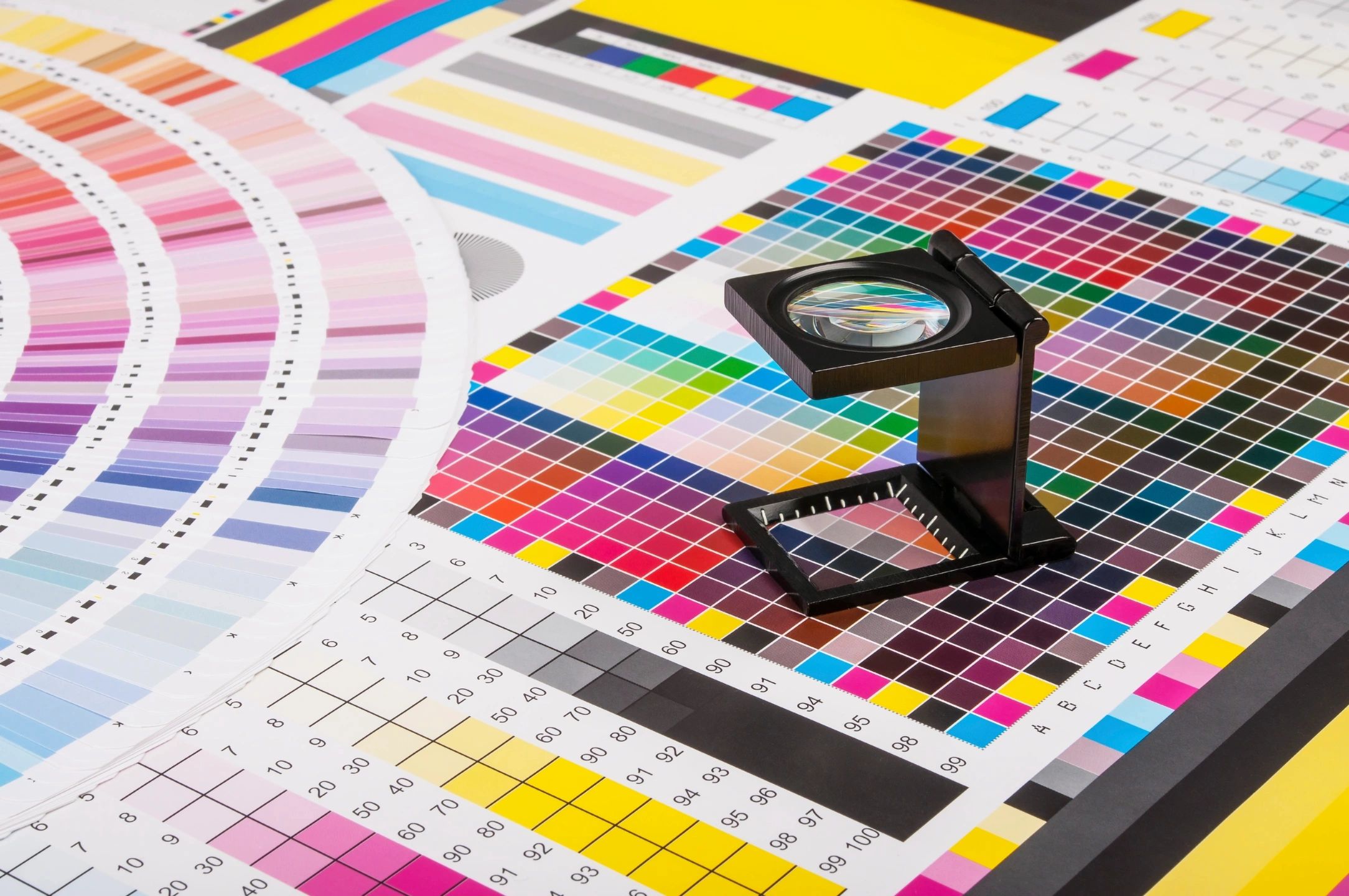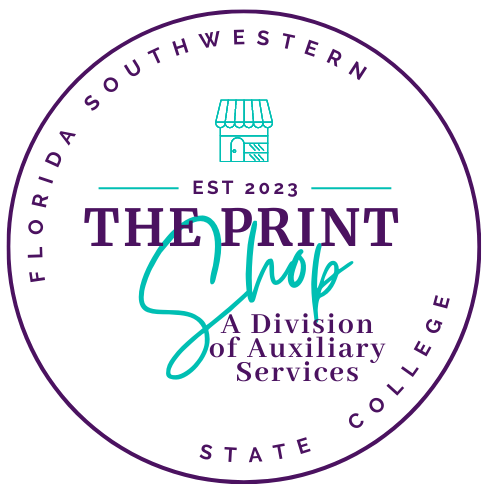The Ultimate Overview to Utilizing Printing Providers for Custom-made Art Prints
Steering with the world of personalized art prints calls for a clear understanding of different printing services. Musicians need to consider variables such as printing methods and products to accomplish the desired result. Each choice, from artwork prep work to color calibration, plays an essential function in the end product. As they discover these components, artists can expose the capacity for their job to get in touch with target markets in a significant method. What actions can they require to assure their prints stand out?
Comprehending Various Sorts Of Printing Providers
Although several individuals might neglect the ins and outs of printing services, understanding the numerous kinds readily available is vital for any individual aiming to produce personalized art prints. The most common types include digital printing, balance out printing, and display printing. Digital printing is preferred for its fast turn-around and capacity to generate premium images directly from electronic data, making it excellent for small runs. In contrast, countered printing offers exceptional picture top quality and is cost-effective for larger amounts, making use of plates to move ink onto paper. Display printing, typically used for textiles and promotional products, entails pushing ink via a mesh screen, permitting vivid colors and appearances. Each approach has its unique advantages and constraints, making it crucial for musicians and designers to analyze their certain demands, such as quantity, desired quality, and budget plan, before selecting a printing solution that straightens with their imaginative vision.
Picking the Right Materials for Your Prints
Selecting the ideal products is crucial for achieving premium customized art prints. Understanding the various kinds of paper and the significance of ink quality can greatly affect the result. Artists must take into consideration these aspects to assure their vision is precisely stood for in the printed item.
Paper Types Explained
Picking the ideal paper kind is essential for accomplishing the desired visual and sturdiness in custom-made art prints. Various alternatives exist, each offering unique features. For instance, glossy paper enhances shade vibrancy and information, making it optimal for digital photography prints. Alternatively, matte paper offers a softer surface, which is preferable for artwork that needs subtlety and texture. Fine art paper, usually made from cotton or alpha cellulose, offers historical quality and appropriates for duplicating elaborate details in paints (Print Shop Near Me). Additionally, specialty papers, such as watercolor or canvas, can include special aesthetic effects. Eventually, choosing the ideal paper kind will significantly affect the last discussion, making certain that the artwork is both visually attractive and resilient
Ink High Quality Matters
Ink high quality plays an essential duty in the overall success of customized art prints. Top notch inks ensure dynamic colors, sharp information, and long life, which are vital for showcasing creative work. When picking printing solutions, artists need to consider pigment-based inks over dye-based choices, as they use far better discolor resistance and color stability. Furthermore, the selection of ink should enhance the picked paper kind, improving the print's aesthetic effect. Environmental elements, such as humidity and temperature level, can also impact ink efficiency; as a result, musicians should ask about ink formulas that withstand these elements. Inevitably, buying remarkable ink high quality can elevate the end product, assuring that the art print holds to the musician's vision for several years to come.
Exploring Printing Strategies: Digital vs. Traditional
While both electronic and conventional printing methods have their unique advantages, the choice on which technique to utilize frequently pivots on the certain needs of the art work. Digital printing stands out in flexibility and rate, enabling for fast turn-around times and the capability to print on need. This technique is particularly useful for musicians that call for tiny runs or distinct items, as it eliminates the requirement for extensive setup processes.Conversely, conventional printing methods, such as lithography and display printing, typically produce richer textures and shades, interesting artists looking for a more responsive and authentic surface. These techniques can enhance the depth and top quality of the artwork, making them appropriate for bigger versions. Additionally, standard approaches may use a distinctive visual that digital printing often battles to replicate. Ultimately, the choice between these strategies should think about variables like desired top quality, amount, and artistic intent, directing artists to one of the most suitable alternative for their tasks.

Preparing Your Art Work for Printing
Efficiently preparing artwork for printing needs careful focus to detail, despite the picked printing strategy. Musicians have to guarantee that their files are created at the proper resolution, commonly 300 DPI, to keep sharpness and quality. The proper shade mode, normally CMYK for print, is vital to accomplish the preferred color accuracy. Musicians need to also consider the measurements of the art work, making certain to consist of bleed areas if required, to stop any type of unwanted white sides after trimming.Additionally, file formats play an important duty; TIFF and PDF are usually preferred for top quality prints. Prior to submission, it is necessary to review the art work for any type of imperfections or unwanted components. By thoroughly examining these facets, musicians can improve the possibility of their prints straightening with their innovative vision, eventually leading to an effective printing outcome.
The Importance of Color Calibration and Proofing
Color calibration and proofing are essential action in the printing procedure, as they ensure that the final result precisely shows the musician's vision. Correct color calibration assurances that the shades presented on the display match those that will certainly be printed. This procedure entails adjusting the screen settings, printer accounts, and inks to attain a consistent color representation.Additionally, proofing allows musicians to preview their job before the final print run. This phase allows them to spot and fix any kind of discrepancies in saturation, information, or shade, therefore minimizing pricey mistakes. By using electronic or hard-copy proofs, artists can make educated choices concerning modifications needed for suitable results.Incorporating color calibration and proofing into the printing process not only enhances the quality of the end product however additionally promotes a reputable collaboration in between the printing and the musician service, assuring contentment and fidelity to the original artwork.
Picking the Perfect Dimension and Format for Your Prints

Marketing and Marketing Your Customized Art Prints
Advertising and selling personalized art prints requires a solid brand identity to attract attention in a competitive market. Efficient online promo approaches and the strategic use social media sites systems can considerably improve presence and interaction. By incorporating these elements, artists can produce a compelling existence that brings in prospective buyers.
Structure Your Brand Identity
Developing a strong brand name identification is crucial for artists aiming to successfully market and market their custom-made art prints. This identity includes the musician's one-of-a-kind style, values, and tale, which resonate with potential buyers. Musicians must create a cohesive aesthetic presence throughout all systems, consisting of logos, color design, and typography that reflect their artistic vision. Furthermore, a clear objective declaration helps interact the artist's purpose and passion. Engaging storytelling about the ideas behind each piece can cultivate emotional links with the audience. Uniformity in messaging, whether on social networks or packaging, enhances acknowledgment and count on. By carefully curating their brand name identification, musicians can distinguish themselves in a competitive market, bring in devoted clients who appreciate their virtuosity.
Effective Online Promotion Strategies
What approaches can artists employ to effectively promote their custom art publishes online? Establishing a specialist website showcasing the art work is important. This site needs to consist of premium photos and thorough summaries to involve potential customers. Additionally, musicians can use email advertising and marketing by developing a subscriber checklist to share updates, promos, and new releases. Working together with bloggers and influencers in the art community can broaden reach and reputation. Supplying special items or limited-time price cuts can also create urgency, encouraging purchases. Furthermore, optimizing material for search engines through relevant search phrases will certainly enhance presence. Lastly, keeping a blog about the artistic process can draw in art enthusiasts, cultivating a much deeper link with the target market and boosting the general marketing technique.
Making Use Of Social Media Platforms
Social media site platforms offer as effective tools for artists aiming to market and sell their customized art prints. By leveraging platforms like Instagram, Facebook, and Pinterest, artists can display their work to a vast target market. Involving visuals and strategic hashtags can increase visibility, drawing potential buyers to their profiles. On a regular basis posting web content, such as behind the curtain procedures or brand-new layouts, helps maintain audience rate of interest and promotes a sense of community. In addition, musicians can utilize targeted advertising to reach certain demographics, improving the possibilities of sales. Partnerships with influencers or other musicians can better enhance direct exposure. Eventually, a well-curated social media sites existence not just advertises customized art prints but likewise builds a devoted consumer base in time.
Frequently Asked Inquiries

How Do I Locate Reliable Printing Expert?
To discover dependable printing solution companies, one should look into on-line evaluations, seek suggestions from peers, contrast profiles, request examples, and examine customer support responsiveness. This complete strategy warranties informed choices and satisfying results.
What Is the Regular Turn-around Time for Customized Prints?
The common turnaround this time for custom prints varies by copyright, but normally varies from a few days to two weeks. Elements affecting this consist of order dimension, intricacy, and the certain printing strategies utilized.
Can I Get a Refund if I'm Not Satisfied With My Prints?
The concern of getting a reimbursement for unsuitable prints usually relies on the details printing solution's plans. Several firms provide satisfaction assurances, while others may have strict return conditions, emphasizing the significance of examining terms ahead of time.
Exist Any Kind Of Hidden Prices Connected With Printing Services?
Many printing services might consist of surprise costs such as configuration charges, delivery charges, or extra costs for particular products. It's necessary for consumers to make inquiries concerning all possible costs before completing their order.
Exactly How Can I Ensure My Prints Are Eco-friendly?
To assure prints are eco-friendly, one need to choose environment-friendly inks, recycled paper, and sustainable printing methods. Researching printing solutions that focus on sustainability and obtaining certifications can better guarantee marginal ecological effect in the printing process. Guiding with the world of custom art prints calls for a clear understanding of different printing services. Several people may overlook the details of printing solutions, understanding the numerous types available is essential for any person looking to produce customized art prints. The most typical types consist of electronic printing, balance out printing, and screen printing. Effectively preparing art work for printing needs mindful interest to detail, regardless of the chosen printing method. Prints aimed at galleries could require standard sizes to facilitate framing, whereas unique layouts may appeal to enthusiasts looking for something distinctive.Lastly, the printing service's abilities must be evaluated.